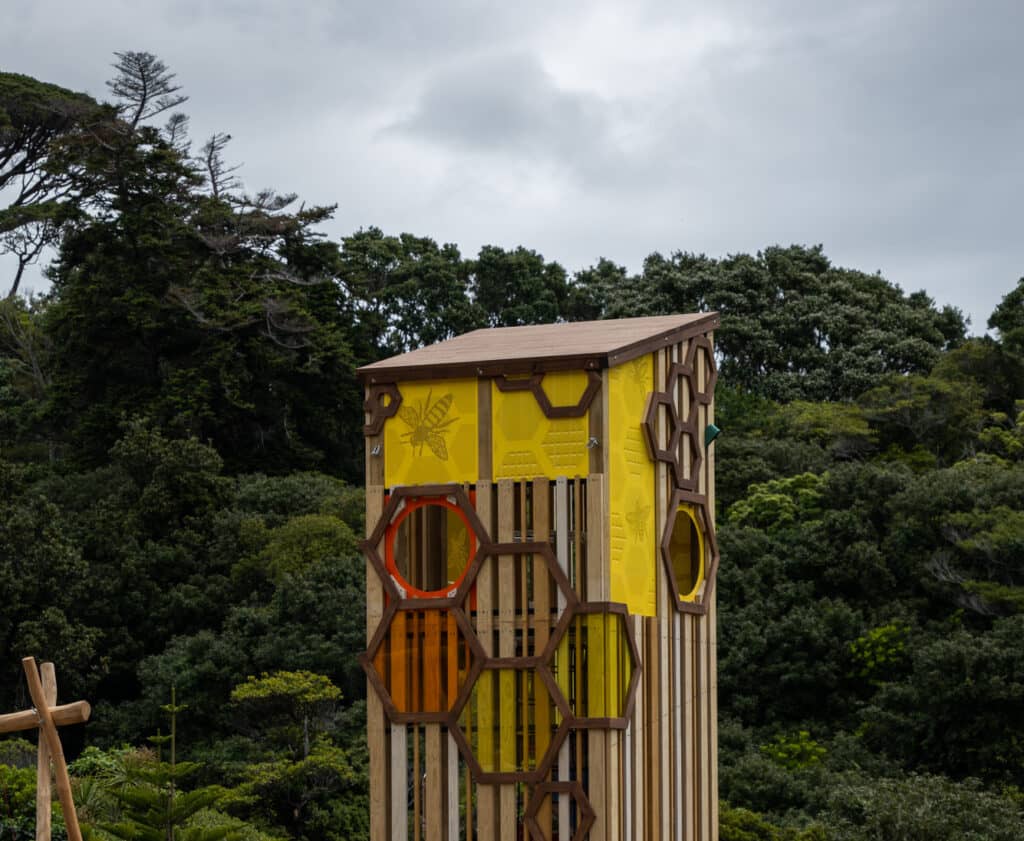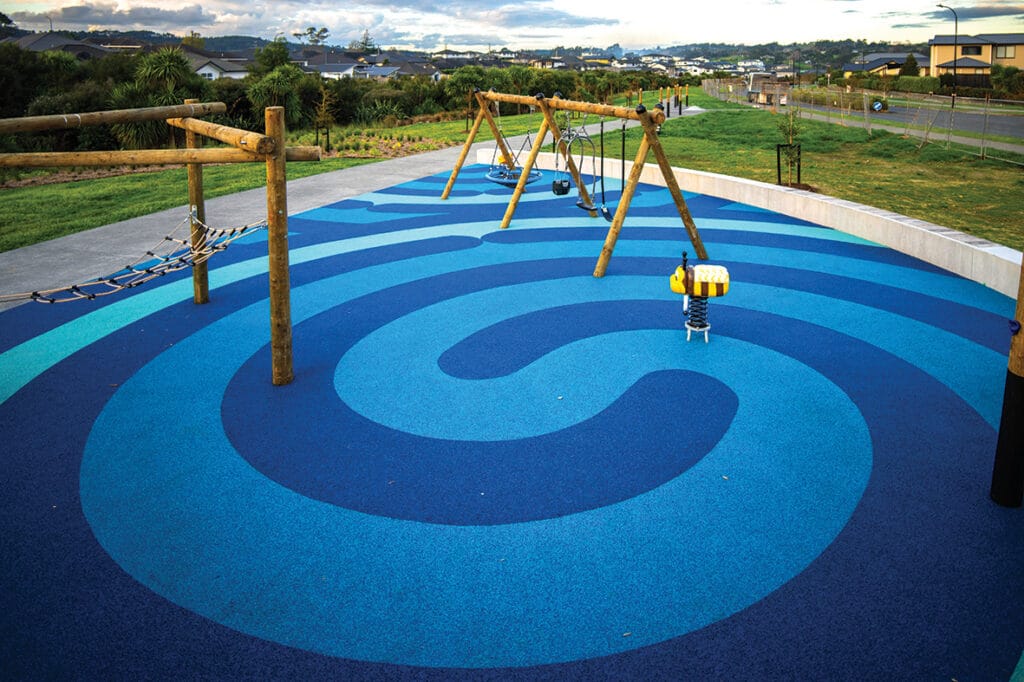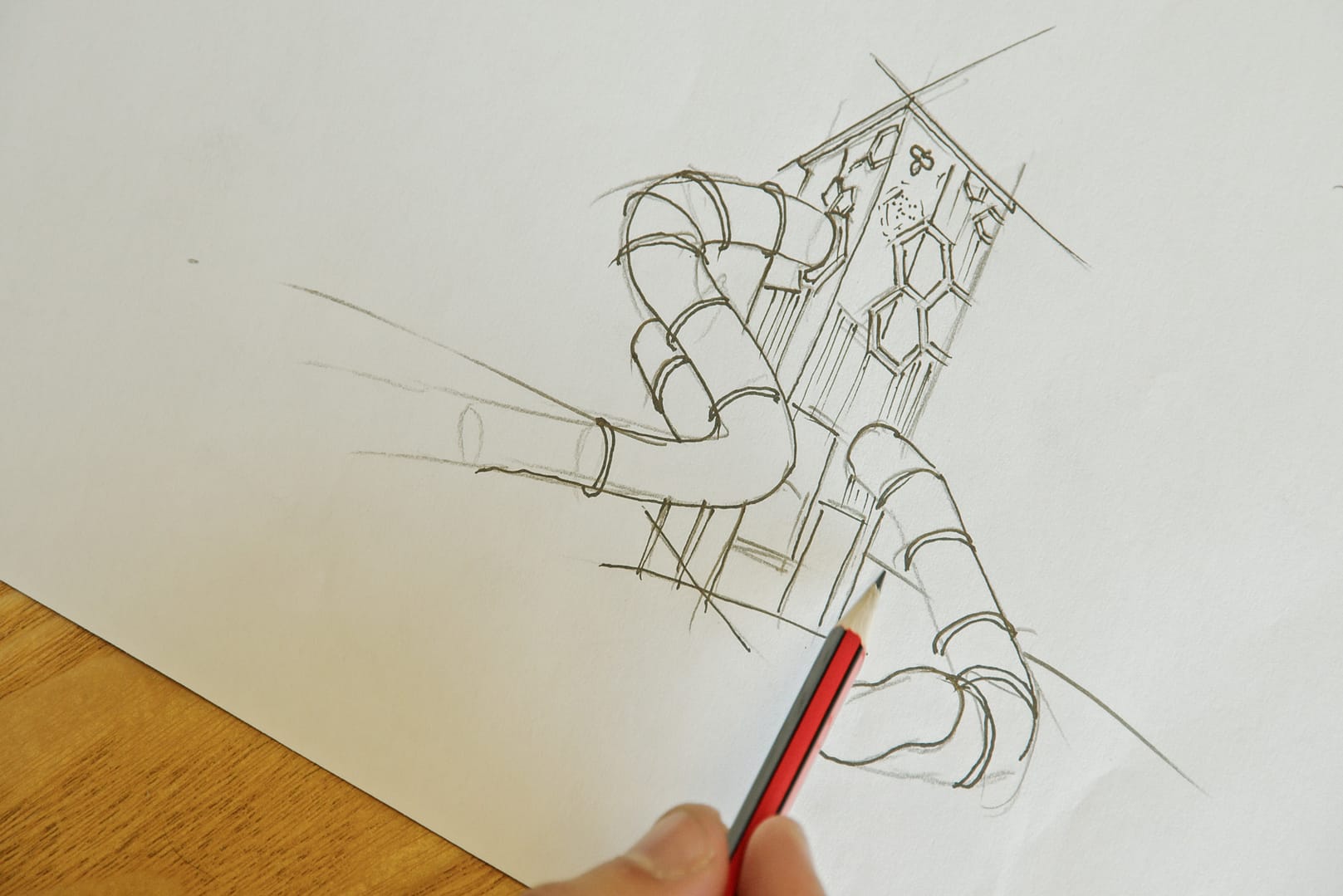Playgrounds are more than just a place for children to have fun and let off some steam. They play a crucial role in child development, fostering creativity, imagination, and social skills.
The playground design is paramount in creating an environment that stimulates and engages children, allowing them to explore, learn, and grow.
In this article, we will explore the importance of bespoke designs and how they influence how we perceive play and playspaces.
The Importance of Play in Child Development
Play is an essential and natural part of childhood. It is through play that children develop physical, cognitive, and social skills. Playgrounds provide a space where children can engage in unstructured play, allowing them to use their imaginations, problem-solving abilities, and social interaction skills. Play also promotes physical exercise, helping children to develop coordination, balance, and strength.
Moreover, play has a significant impact on emotional and mental well-being. It provides an outlet for self-expression, allowing children to explore their emotions and experiment with different roles and scenarios.
Playgrounds are spaces where children can practice decision-making, adaptability, and resilience, preparing them for the challenges they will face in life.

Merging Beauty with Play
The core of a bespoke playground design lies in the harmony between visual charm and playful function. The design and manufacturing teams collaborate to select or craft equipment that echoes the unique theme and purpose of the playground.
It means tailoring colours, shapes, and materials to echo local culture or innovatively using standard play equipment to enrich the overall design. The outcome? A playground that delights the eyes and invites endless fun.
Bringing Dreams to Life
If you are thinking of starting a playground project, bespoke design opens a realm of possibilities. It’s about capturing the spirit of a community and moulding it into a tangible space.
We mean here that your project doesn’t need to be the largest or most complex to be bespoke. It needs to be unique to you and your space.
Whether for a school, a park, or an urban area, a bespoke playground reflects the community’s identity, dreams, and values.
This process combines creativity, thoughtful planning, and a deep understanding of how spaces shape human interactions.
The End User Experience: A World Beyond Play
A Landscape of Discovery
A bespoke playground is a rich environment of learning and adventure for children. Each element, from amazing installations to themed play zones, is a gateway to discovery, learning, and growth.
These playgrounds are designed for physical play and nurturing young minds and social skills, creating a seamless blend of fun and education.

A Gathering Place for All Ages
Bespoke playgrounds have a unique charm that reaches beyond children. They are crafted to be welcoming and engaging for everyone.
Artistic touches and thoughtful designs turn these playgrounds into community magnets, drawing in people of all ages.
They become places where grandparents are just as thrilled to visit as their grandchildren, drawn by both the joy of play and the beauty of the setting.
Becoming Community Icons
A well-crafted bespoke playground can evolve into a community icon. It’s a place rich with memories, buzzing with events, and brimming with communal bonds.
The aesthetic allure of these playgrounds makes them beloved landmarks, enhancing the charm and identity of neighbourhoods and cities.
Conclusion
Bespoke playground design is about creating spaces that resonate deeply with people. It’s an artful mix of aesthetics, functionality, and community essence.
These playgrounds are more than play areas; they are vibrant, dynamic havens that enrich communities, foster learning, and infuse beauty into daily life.
By embracing bespoke design, we’re constructing playgrounds and weaving enduring spaces that uplift, inspire, and unite.



